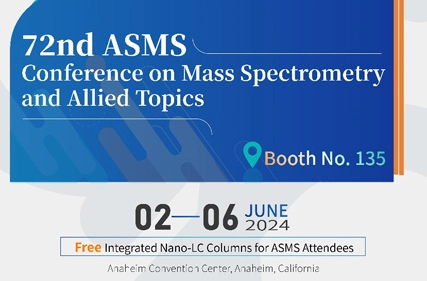En
Proteomics is the study of the proteome, which investigates how different proteins interact with one another and the roles they play within an organism [4]. Although protein expression can be inferred by studying mRNA expression, with mRNA serving as the intermediary between gene and protein, the expression levels of mRNA do not always correlate well with protein expression levels [1,3]. Moreover, the study of mRNA does not account for post-translational modifications of proteins, cleavage, complex formation, or localization, or the many variant mRNA transcripts that can be produced; all of these are crucial to protein function.
Antibody-based methods, such as ELISA (Enzyme-Linked Immunosorbent Assay) and Western blotting, rely on the availability of antibodies against specific proteins or epitopes to identify proteins and quantify their expression levels.
Two-dimensional gel electrophoresis (2DE or 2D-PAGE) is one of the earliest developed proteomics technologies, using electric current to separate proteins in a gel based on their charge (first dimension) and mass (second dimension). Differential gel electrophoresis (DIGE) is a modified form of 2DE that uses different fluorescent dyes to compare two to three protein samples simultaneously on the same gel. These gel-based methods are used to separate proteins before further analysis, such as mass spectrometry (MS), and for relative expression profiling.
Chromatography-based methods are used to separate and purify proteins from complex biological mixtures (e.g., cell lysates). For instance, ion-exchange chromatography separates proteins based on charge, size-exclusion chromatography separates proteins based on molecular size, and affinity chromatography employs reversible interactions between a specific affinity ligand and its target protein (e.g., using lectins to purify IgM and IgA molecules). These methods can be used to purify and identify proteins of interest, as well as prepare proteins for further analysis, such as downstream MS.
Regardless of how protein samples are separated, the downstream mass spectrometry workflow includes three main steps:
Proteins/peptides are ionized by the ion source of the mass spectrometer;
The resulting ions are separated by the mass analyzer based on their mass-to-charge ratio;
The ions are detected.
When using gel-free techniques upstream of MS, such as iTRAQ or SILAC, samples are directly input into the mass spectrometer. When using gel-based techniques, protein spots are first cut out of the gel and then digested before being separated by LC or directly analyzed by MS.



